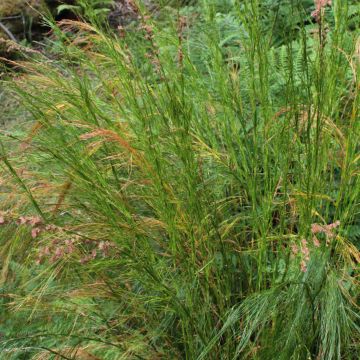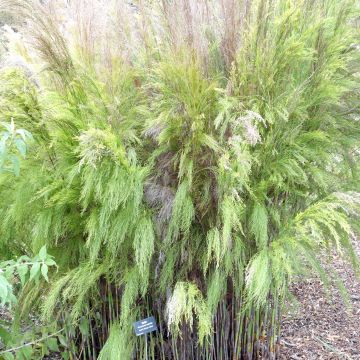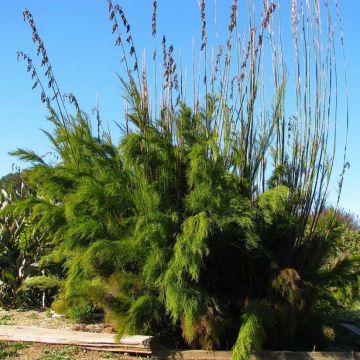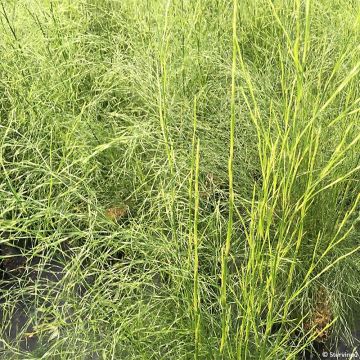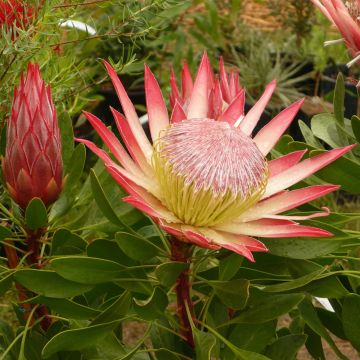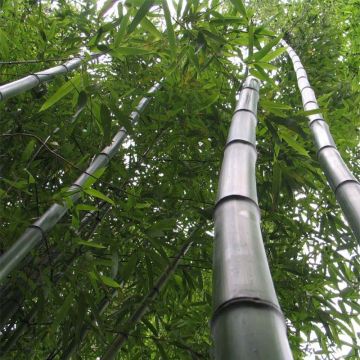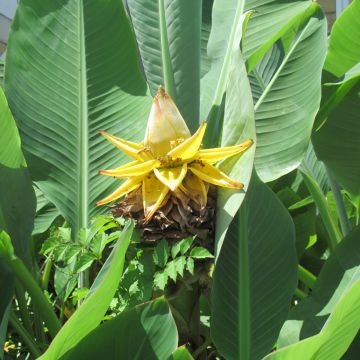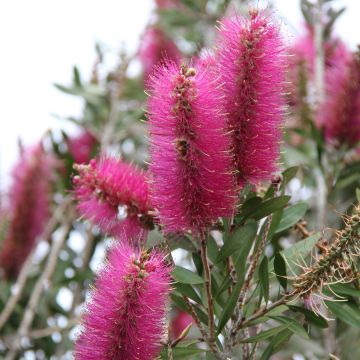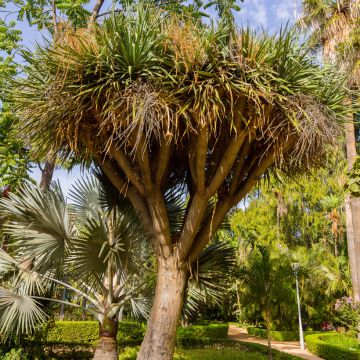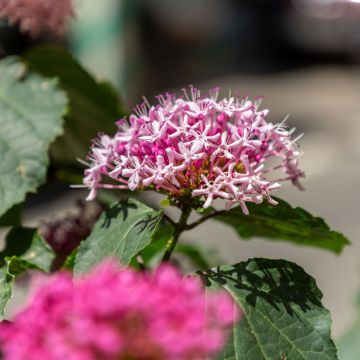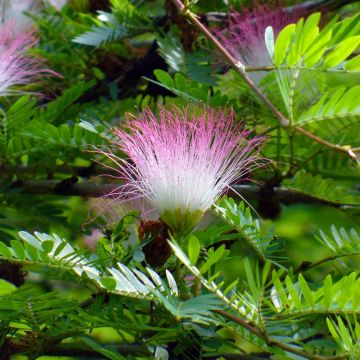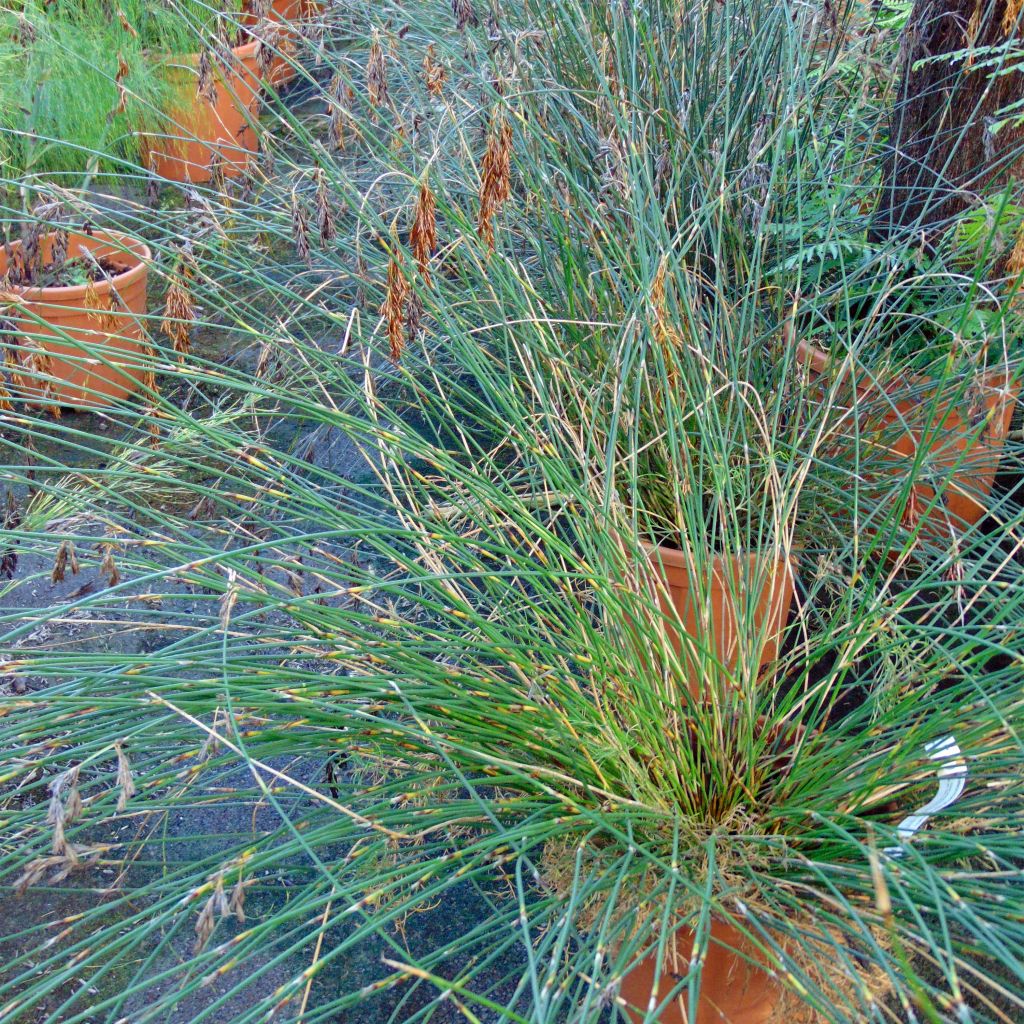

Thamnochortus pluristachyus - Restio
Thamnochortus pluristachyus - Restio
Thamnochortus pluristachyus
Restio
Special offer!
Receive a €20 voucher for any order over €90 (excluding delivery costs, credit notes, and plastic-free options)!
1- Add your favorite plants to your cart.
2- Once you have reached €90, confirm your order (you can even choose the delivery date!).
3- As soon as your order is shipped, you will receive an email containing your voucher code, valid for 3 months (90 days).
Your voucher is unique and can only be used once, for any order with a minimum value of €20, excluding delivery costs.
Can be combined with other current offers, non-divisible and non-refundable.
Why not try an alternative variety in stock?
View all →This plant carries a 12 months recovery warranty
More information
We guarantee the quality of our plants for a full growing cycle, and will replace at our expense any plant that fails to recover under normal climatic and planting conditions.
Would this plant suit my garden?
Set up your Plantfit profile →
Description
The Thamnochortus pluristachyus is part of those South African perennials with an unpronounceable name that are more commonly called Restio. This one, becoming rare in its native country, not widely spread in Europe, is a very beautiful perennial plant forming a very vertical tuft and resembles a rush, flexible, with stems of a beautiful bright green adorned with fine branches mimicking a delicate foliage. Its growth, evergreen, is adorned with large spikes, whose seeds turn brown at the end of summer beautifully capturing the afternoon sun. This species, which prefers moist soils, is well adapted to a mild and humid oceanic climate. It will find its place in slightly wild flower beds, but also in a contemporary design. It can also be planted in a large pot on the terrace, like a grass.
The Thamnochortus pluristachyus is a botanical species endemic to a very small region located in the southwest of the Cape Province in South Africa. It grows there in the cracks of cliffs made of coral limestones, along the Atlantic Ocean. The Cape Province is surrounded by a vegetation formation called fynbos, a kind of heathland swept by the wind and regularly ravaged by fires. In this Cape region, 3 major plant families are gathered: the proteas, the heathers, and the restios, which include the Thamnochortus pluristachyus.
It is a creeping rhizome perennial herb with rather slow growth. Its habit is erect, dense, and very vertical. It will reach a height of 1.5 meters (5 feet) when flowering, 1 meter (3 feet) for the foliage, and a diameter of 50 cm (20in) at the base (70 cm (28in) for the crown) in open ground under European climates. In pots, its dimensions will be slightly smaller. It develops pretty, slightly twisted, thick stems. Along its stems, at regular intervals, at the level of light brown nodes, thin feathery branches are implanted, gathered in small clusters. Flowering takes place in June-July, in the form of tall brown, cylindrical panicles of spikelets, more developed on the male inflorescences. It is followed by the formation of fruits called achenes.
The Thamnochortus pluristachyus is an enigmatic plant, still very rarely planted in Europe. From its origins, it can be deduced that it likes or prefers soils rich in limestone and should acclimatize in our seaside gardens. Some specialists who cultivate this plant claim that it also prefers moist soils and a very sunny exposure, and that it withstands short frosts of around -12°C (10.4°F) if planted in a well-draining soil. It will therefore be used without restriction in coastal gardens, preferably along the oceanic coasts which are wetter than the Mediterranean. It will be beautiful by a water feature or near a swimming pool, accompanied by a pampas grass, cannas, Dierama, a hardy palm (Chamaerops humilis, Trachycarpus fortunei), or even kniphofias. It can be used in a very decorative way in a pot on the terrace, to be stored in cold climates. In open ground in mild climates or in pots elsewhere, it is always successful when paired with proteas, shrubby heathers, Leptospermum, and callistemons.
Thamnochortus pluristachyus - Restio in pictures
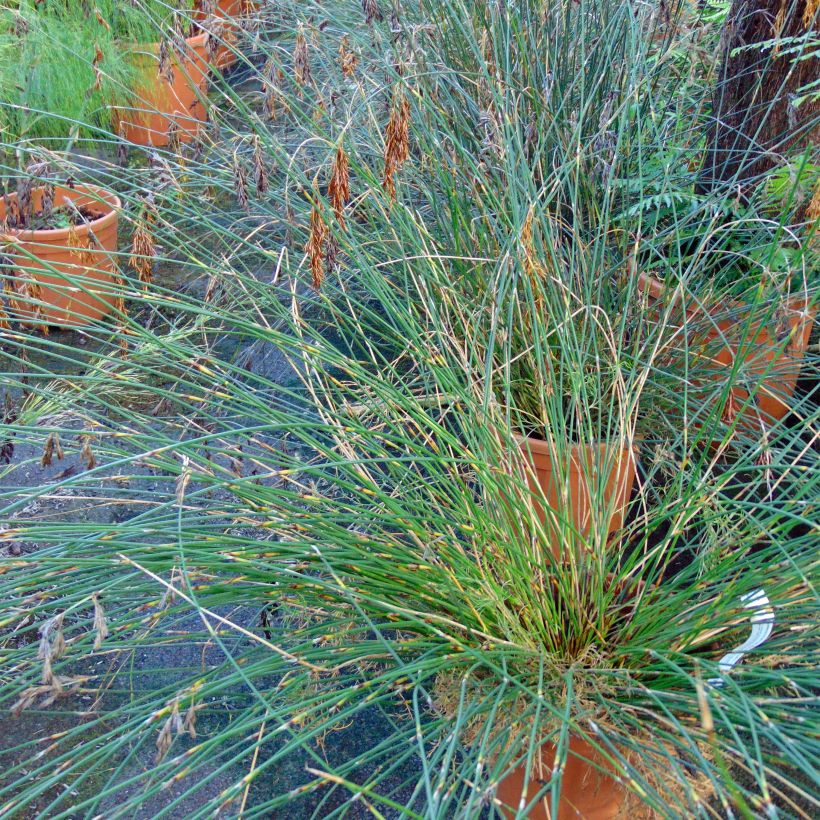



Flowering
Foliage
Plant habit
Botanical data
Thamnochortus
pluristachyus
Restionaceae
Restio
South Africa
Other Restios
View all →Planting and care
The Thamnochortus pluristachyus is a plant of rather mild climate, theoretically of Mediterranean type, but tempered by the presence of the ocean, therefore ideally oceanic, more humid. The species seems quite accommodating. It seems to prefer a sunny exposure, a well-drained, limestone or sandy soil but remaining moist, water inputs contributing to its growth. This plant is perfectly resistant to sea spray. In regions where drought prevails in summer, the installation of an automatic watering system can be useful. The plant is slow to establish itself and does not like to be disturbed. For this reason, it does not tolerate division or transplantation well. If the branches remain small and sparse, it means that the plant lacks water. If they take on a yellowish hue, it will be wise to reduce watering on the contrary and to make an iron chelate supplement. For pruning, just remove the old, dried stems.
Planting period
Intended location
Care
Planting & care advice
This item has not been reviewed yet - be the first to leave a review about it.
Similar products
Haven't found what you were looking for?
Hardiness is the lowest winter temperature a plant can endure without suffering serious damage or even dying. However, hardiness is affected by location (a sheltered area, such as a patio), protection (winter cover) and soil type (hardiness is improved by well-drained soil).

Photo Sharing Terms & Conditions
In order to encourage gardeners to interact and share their experiences, Promesse de fleurs offers various media enabling content to be uploaded onto its Site - in particular via the ‘Photo sharing’ module.
The User agrees to refrain from:
- Posting any content that is illegal, prejudicial, insulting, racist, inciteful to hatred, revisionist, contrary to public decency, that infringes on privacy or on the privacy rights of third parties, in particular the publicity rights of persons and goods, intellectual property rights, or the right to privacy.
- Submitting content on behalf of a third party;
- Impersonate the identity of a third party and/or publish any personal information about a third party;
In general, the User undertakes to refrain from any unethical behaviour.
All Content (in particular text, comments, files, images, photos, videos, creative works, etc.), which may be subject to property or intellectual property rights, image or other private rights, shall remain the property of the User, subject to the limited rights granted by the terms of the licence granted by Promesse de fleurs as stated below. Users are at liberty to publish or not to publish such Content on the Site, notably via the ‘Photo Sharing’ facility, and accept that this Content shall be made public and freely accessible, notably on the Internet.
Users further acknowledge, undertake to have ,and guarantee that they hold all necessary rights and permissions to publish such material on the Site, in particular with regard to the legislation in force pertaining to any privacy, property, intellectual property, image, or contractual rights, or rights of any other nature. By publishing such Content on the Site, Users acknowledge accepting full liability as publishers of the Content within the meaning of the law, and grant Promesse de fleurs, free of charge, an inclusive, worldwide licence for the said Content for the entire duration of its publication, including all reproduction, representation, up/downloading, displaying, performing, transmission, and storage rights.
Users also grant permission for their name to be linked to the Content and accept that this link may not always be made available.
By engaging in posting material, Users consent to their Content becoming automatically accessible on the Internet, in particular on other sites and/or blogs and/or web pages of the Promesse de fleurs site, including in particular social pages and the Promesse de fleurs catalogue.
Users may secure the removal of entrusted content free of charge by issuing a simple request via our contact form.
The flowering period indicated on our website applies to countries and regions located in USDA zone 8 (France, the United Kingdom, Ireland, the Netherlands, etc.)
It will vary according to where you live:
- In zones 9 to 10 (Italy, Spain, Greece, etc.), flowering will occur about 2 to 4 weeks earlier.
- In zones 6 to 7 (Germany, Poland, Slovenia, and lower mountainous regions), flowering will be delayed by 2 to 3 weeks.
- In zone 5 (Central Europe, Scandinavia), blooming will be delayed by 3 to 5 weeks.
In temperate climates, pruning of spring-flowering shrubs (forsythia, spireas, etc.) should be done just after flowering.
Pruning of summer-flowering shrubs (Indian Lilac, Perovskia, etc.) can be done in winter or spring.
In cold regions as well as with frost-sensitive plants, avoid pruning too early when severe frosts may still occur.
The planting period indicated on our website applies to countries and regions located in USDA zone 8 (France, United Kingdom, Ireland, Netherlands).
It will vary according to where you live:
- In Mediterranean zones (Marseille, Madrid, Milan, etc.), autumn and winter are the best planting periods.
- In continental zones (Strasbourg, Munich, Vienna, etc.), delay planting by 2 to 3 weeks in spring and bring it forward by 2 to 4 weeks in autumn.
- In mountainous regions (the Alps, Pyrenees, Carpathians, etc.), it is best to plant in late spring (May-June) or late summer (August-September).
The harvesting period indicated on our website applies to countries and regions in USDA zone 8 (France, England, Ireland, the Netherlands).
In colder areas (Scandinavia, Poland, Austria...) fruit and vegetable harvests are likely to be delayed by 3-4 weeks.
In warmer areas (Italy, Spain, Greece, etc.), harvesting will probably take place earlier, depending on weather conditions.
The sowing periods indicated on our website apply to countries and regions within USDA Zone 8 (France, UK, Ireland, Netherlands).
In colder areas (Scandinavia, Poland, Austria...), delay any outdoor sowing by 3-4 weeks, or sow under glass.
In warmer climes (Italy, Spain, Greece, etc.), bring outdoor sowing forward by a few weeks.






























